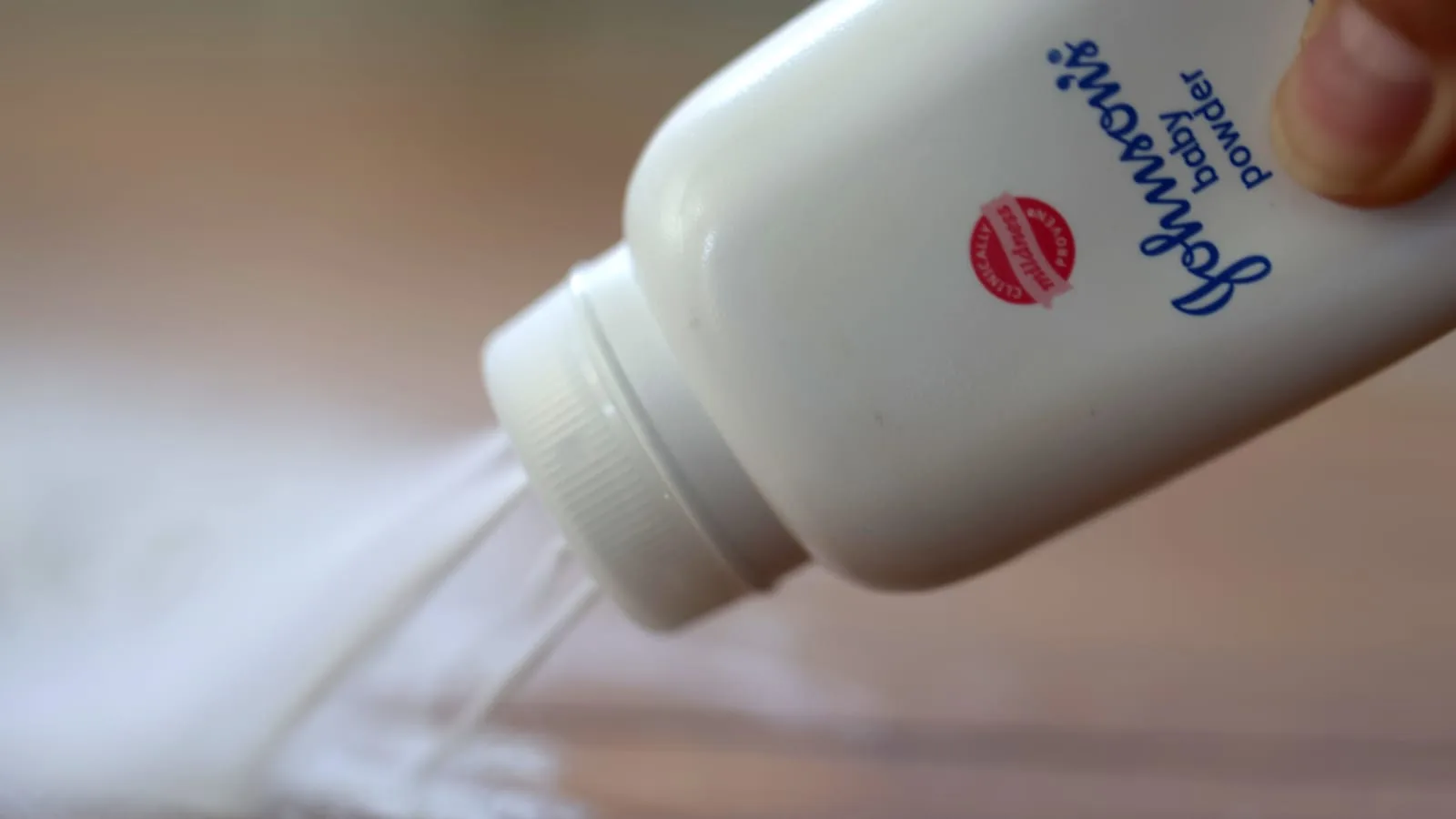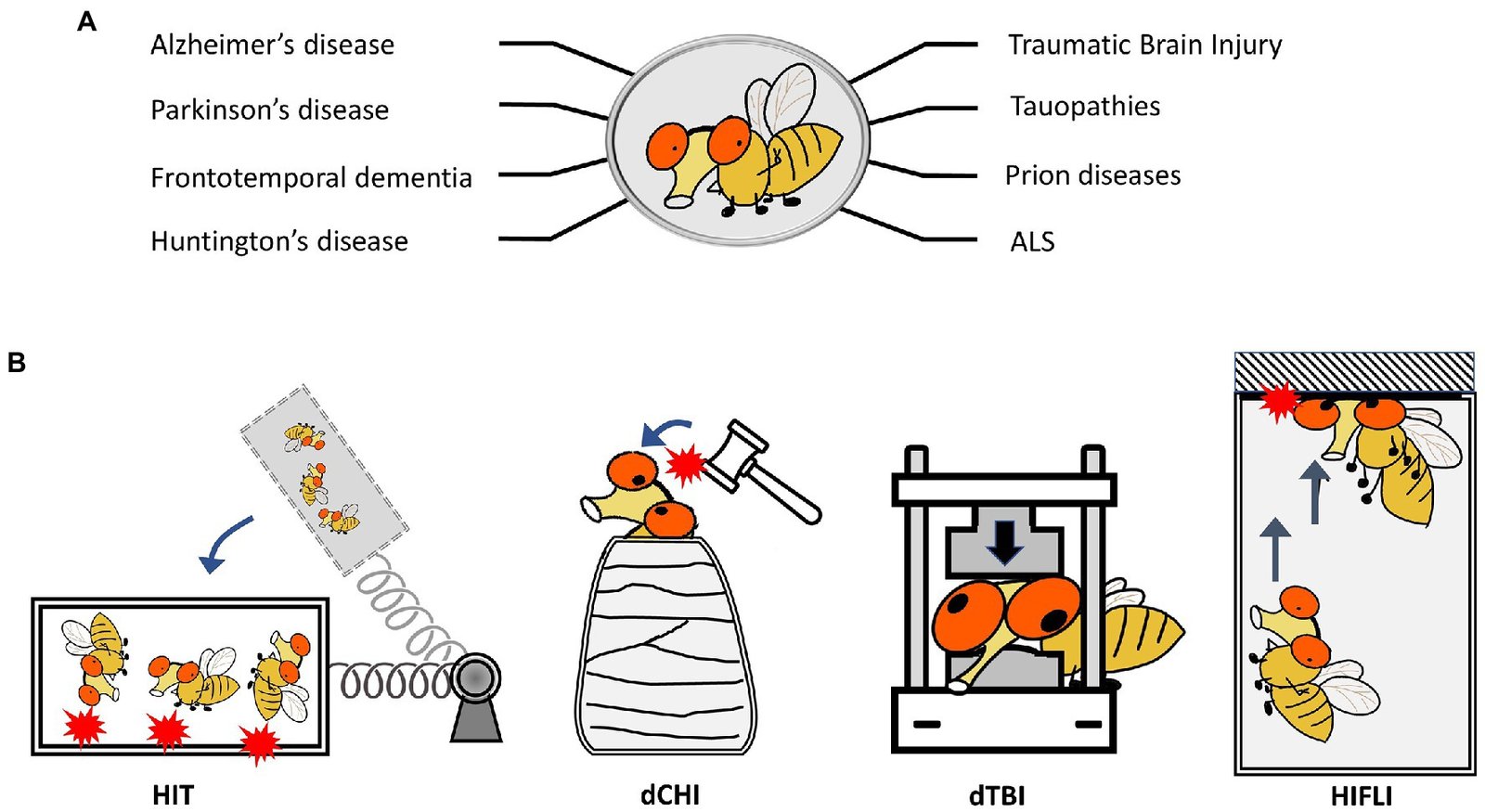A group of cancer victims filed a lawsuit against Johnson & Johnson (J&J) on Wednesday, accusing the healthcare giant of fraudulently using a shell company’s bankruptcy to evade tens of thousands of lawsuits. The lawsuits allege that J&J’s talc products contained asbestos and caused cancer.
Five plaintiffs, aiming to represent over 50,000 individuals who have sued J&J over its talc products, initiated the proposed class action in New Jersey federal court. They claim that J&J’s bankruptcy tactics are designed to “hinder, delay, and defraud these women and prevent them from ever having their day in court.”
“Johnson & Johnson is playing a dark game of chess with this country’s financial and judicial systems,” stated Mike Papantonio, an attorney representing the cancer plaintiffs.
In response, Erik Haas, J&J’s worldwide vice president of litigation, dismissed the lawsuit as a “Hail Mary pass” by plaintiffs’ lawyers who oppose the company’s latest proposed bankruptcy settlement. Haas questioned the plaintiffs’ urgency to stop the vote, emphasizing that J&J aims to reach a comprehensive and fair resolution of the litigation, allowing claimants to express their views.
Most of the talc lawsuits have been brought by women with ovarian cancer, while other cases involve individuals with mesothelioma, a deadly cancer associated with asbestos exposure. J&J maintains that its talc products, including baby powder, are safe, asbestos-free, and do not cause cancer.
J&J initially employed a corporate maneuver known as the “Texas two-step” in 2021, transferring its talc liabilities to a new subsidiary that then filed for bankruptcy. This move halted the lawsuits against J&J, even though the company itself did not file for bankruptcy. However, courts ruled that neither J&J nor its subsidiary was in financial distress, making them ineligible for bankruptcy protection. On May 1, J&J announced plans to pursue a third bankruptcy, contingent on securing enough votes to support a $6.48 billion talc settlement.
The latest lawsuit seeks a declaration that the Texas two-step transaction was fraudulent, alleging it was executed solely to shield J&J’s assets from talc litigation. The plaintiffs also claim that subsequent transactions, including the spinoff of J&J’s consumer health business Kenvue, were fraudulent. They are seeking both compensatory and punitive damages.
J&J asserts that the planned third bankruptcy will differ as it expects support from over 75 percent of individuals with talc-related claims. The company has streamlined this proposed bankruptcy by securing separate settlements with law firms representing mesothelioma sufferers and with U.S. states that accused J&J of failing to warn consumers about the dangers of its talc products.
Litigation against J&J resumed after its second bankruptcy attempt was dismissed. In recent trials, J&J was ordered to pay $45 million in a mesothelioma case while winning an ovarian cancer case.



